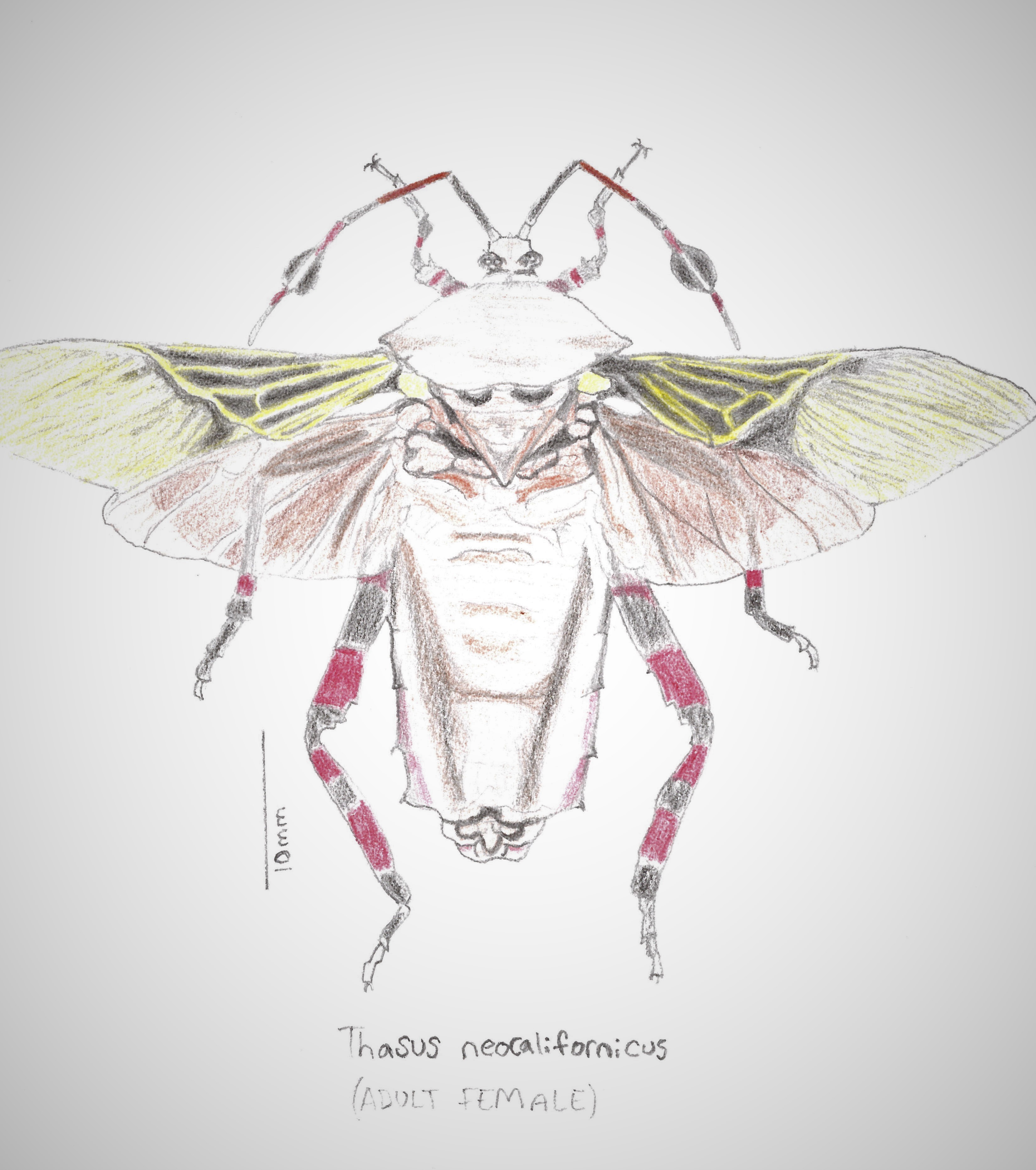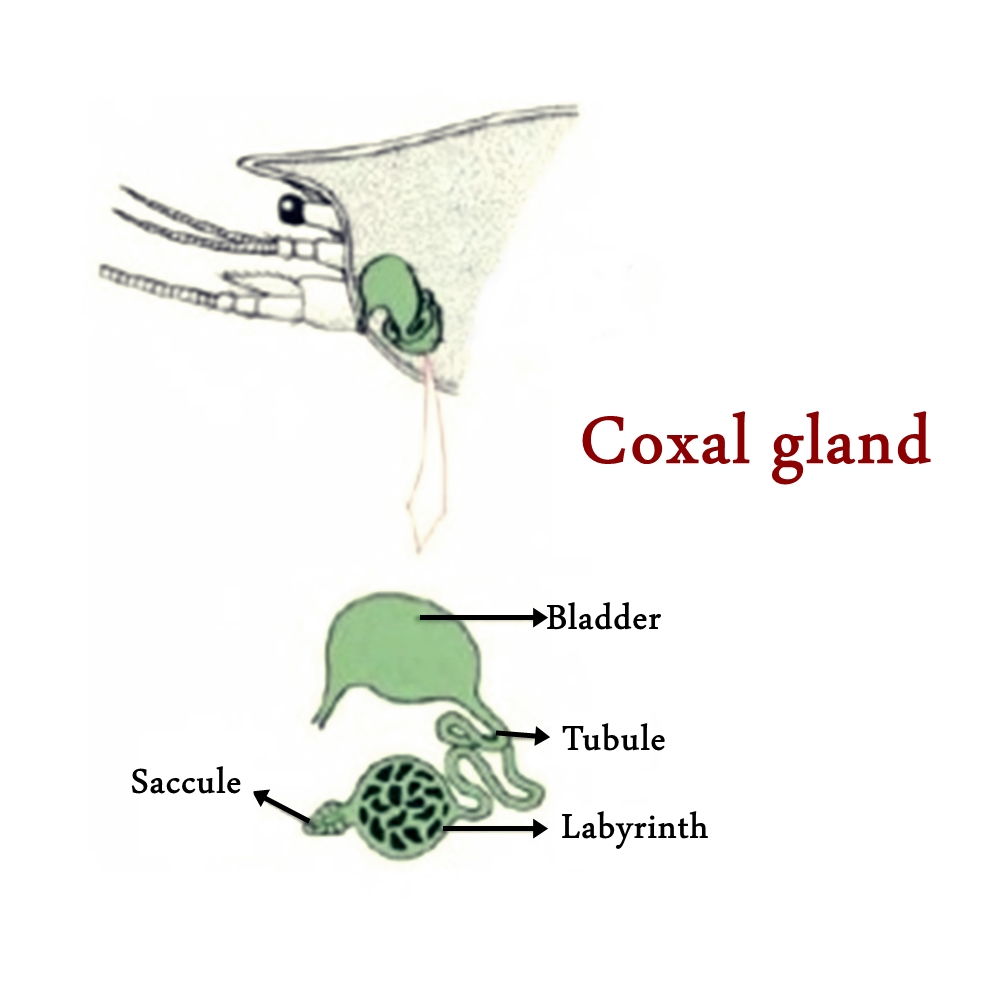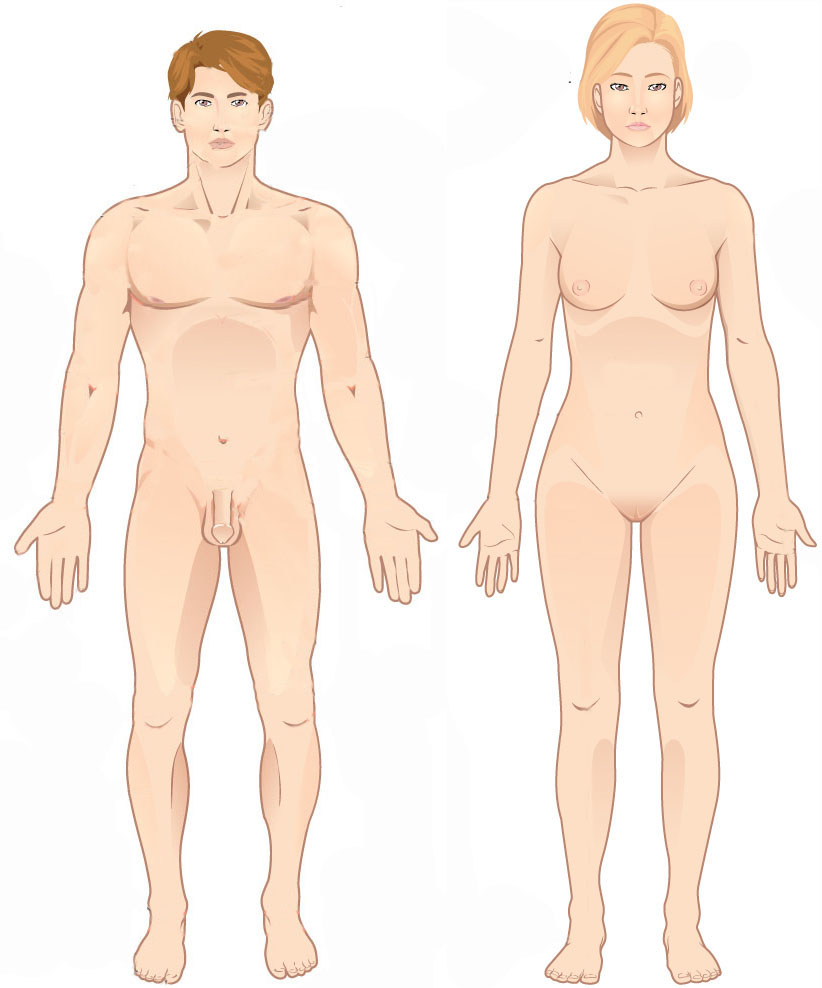|
Thasus Acutangulus
''Thasus acutangulus'', the Mesquite Bug also referred to as ''Pachylis'' ''acutangula'' is a leaf-footed bug. Swedish entomologist Carl Stål described it in 1859. Description Female The head is black laterally with a reddish-brown disk, while the ocelli are ringed with black and feature a lateral yellow semicircle. The first antennal segment is deep reddish-brown with black coloration at the base and apex. The second and third antennal segments have a basal half that is orange and an apical half that is black, while the fourth segment is missing in the holotype but appears brown-black in other specimens. The pronotum is reddish-brown, with a paler callar region, a black collar, and a thin lateral black line that transitions to yellow posteriorly. The posterior edge is yellow. The scutellum is reddish-brown, with yellow lateral edges and an apex. The corium is dark brown with yellow veins, and the membrane is black. Connexival segments 3–7 exhibit a dark reddish-brown co ... [...More Info...] [...Related Items...] OR: [Wikipedia] [Google] [Baidu] |
Carl Stål
Carl Stål (21 March 1833 – 13 June 1878) was a Swedish people, Swedish entomologist specialising in Hemiptera. He was born at Karlberg Castle, Stockholm on 21 March 1833 and died at Frösundavik near Stockholm on 13 June 1878. He was the son of architect, author and officer Carl Stål then Colonel, Swedish Corps of Engineers. He matriculated at Uppsala University in 1853, studying medicine and passing the medico-philosophical examination in 1857. He then turned to entomology and completed his Ph.D. at the University of Jena in 1859. The same year he became assistant to Carl Henrik Boheman in the Zoological department of the Swedish Museum of Natural History in Stockholm, where, in 1867, he was appointed keeper with the title of professor. He made collecting trips in Sweden and throughout Europe and visited other museums including the collection of Johan Christian Fabricius in Kiel. His study of the Fabrician types resulted in his "Hemiptera Fabriciana". A significant part of ... [...More Info...] [...Related Items...] OR: [Wikipedia] [Google] [Baidu] |
Giant Mesquite Bug
The giant mesquite bug (''Thasus neocalifornicus'') is an insect of the order Hemiptera, or the "true bugs". As a member of the family Coreidae, it is a leaf-footed bug. As the common name implies, it is a large bug that feeds on mesquite trees of the American Southwest and Northwestern Mexico. Life cycle ''Thasus neocalifornicus'' is univoltine, meaning they have one generation of offspring annually. From January through July, the nymphs develop from first-fifth instars. Each subsequent instar more closely resembles an adult than the last. They often prefer the undersides of leaves and migrate towards the base of mesquite trees in summer. Adults lay eggs on the trees from August until October. Only the eggs survive the winter season. Distribution ''Thasus neocalifornicus'' inhabits the Sonoran Desert from southwestern Arizona to the Mexican state of Baja California Sur and can be plentiful depending on the season. They have also been found in the state of Texas and the Mexican ... [...More Info...] [...Related Items...] OR: [Wikipedia] [Google] [Baidu] |
Homoplasy
Homoplasy, in biology and phylogenetics, is the term used to describe a feature that has been gained or lost independently in separate lineages over the course of evolution. This is different from homology, which is the term used to characterize the similarity of features that can be parsimoniously explained by common ancestry. Homoplasy can arise from both similar selection pressures acting on adapting species, and the effects of genetic drift. Most often, homoplasy is viewed as a similarity in morphological characters. However, homoplasy may also appear in other character types, such as similarity in the genetic sequence, life cycle types or even behavioral traits. Etymology The term homoplasy was first used by Ray Lankester in 1870. The corresponding adjective is either ''homoplasic'' or ''homoplastic''. It is derived from the two Ancient Greek words (), meaning "similar, alike, the same", and (), meaning "to shape, to mold". Parallelism and convergence Parallel and ... [...More Info...] [...Related Items...] OR: [Wikipedia] [Google] [Baidu] |
Phylogenetics
In biology, phylogenetics () is the study of the evolutionary history of life using observable characteristics of organisms (or genes), which is known as phylogenetic inference. It infers the relationship among organisms based on empirical data and observed heritable traits of DNA sequences, protein amino acid sequences, and morphology. The results are a phylogenetic tree—a diagram depicting the hypothetical relationships among the organisms, reflecting their inferred evolutionary history. The tips of a phylogenetic tree represent the observed entities, which can be living taxa or fossils. A phylogenetic diagram can be rooted or unrooted. A rooted tree diagram indicates the hypothetical common ancestor of the taxa represented on the tree. An unrooted tree diagram (a network) makes no assumption about directionality of character state transformation, and does not show the origin or "root" of the taxa in question. In addition to their use for inferring phylogenetic pa ... [...More Info...] [...Related Items...] OR: [Wikipedia] [Google] [Baidu] |
Ventrally
Standard anatomical terms of location are used to describe unambiguously the anatomy of humans and other animals. The terms, typically derived from Latin or Greek roots, describe something in its standard anatomical position. This position provides a definition of what is at the front ("anterior"), behind ("posterior") and so on. As part of defining and describing terms, the body is described through the use of anatomical planes and axes. The meaning of terms that are used can change depending on whether a vertebrate is a biped or a quadruped, due to the difference in the neuraxis, or if an invertebrate is a non-bilaterian. A non-bilaterian has no anterior or posterior surface for example but can still have a descriptor used such as proximal or distal in relation to a body part that is nearest to, or furthest from its middle. International organisations have determined vocabularies that are often used as standards for subdisciplines of anatomy. For example, ''Terminologia Anato ... [...More Info...] [...Related Items...] OR: [Wikipedia] [Google] [Baidu] |
Arthropod Leg
The arthropod leg is a form of jointed appendage of arthropods, usually used for walking. Many of the terms used for arthropod leg segments (called podomeres) are of Latin origin, and may be confused with terms for bones: ''coxa'' (meaning hip (anatomy), hip, : ''coxae''), ''trochanter'', ''femur'' (: ''femora''), ''tibia'' (: ''tibiae''), ''tarsus'' (: ''tarsi''), ''ischium'' (: ''ischia''), ''metatarsus'', ''carpus'', ''dactylus'' (meaning finger), ''patella'' (: ''patellae''). Homology (biology), Homologies of leg segments between groups are difficult to prove and are the source of much argument. Some authors posit up to eleven segments per leg for the most recent common ancestor of Neontology, extant arthropods but modern arthropods have eight or fewer. It has been argued that the ancestral leg need not have been so complex, and that other events, such as successive loss of function of a Homeobox, ''Hox''-gene, could result in Parallel evolution, parallel gains of leg segments ... [...More Info...] [...Related Items...] OR: [Wikipedia] [Google] [Baidu] |
Antenna (zoology)
An antenna (plural: antennae) is one of a pair of appendages used for Sensory system, sensing in arthropods. Antennae are sometimes referred to as ''feelers''. Antennae are connected to the first one or two Segmentation (biology), segments of the arthropod head. They vary widely in form but are always made of one or more jointed segments. While they are typically sensory organs, the exact nature of what they sense and how they sense it is not the same in all groups. Functions may variously include sensing tactition, touch, air motion, heat, vibration (sound), and especially insect olfaction, smell or gustation, taste. Antennae are sometimes modified for other purposes, such as mating, brooding, swimming, and even anchoring the arthropod to a substrate (biology), substrate. Larval arthropods have antennae that differ from those of the adult. Many crustaceans, for example, have free-swimming larvae that use their antennae for swimming. Antennae can also locate other group members i ... [...More Info...] [...Related Items...] OR: [Wikipedia] [Google] [Baidu] |
Pachylis Laticornis
''Pachylis'' is a genus of leaf-footed bugs in the family Coreidae Coreidae is a large family (biology), family of predominantly sap-sucking insects in the Hemipteran suborder Heteroptera. The name "Coreidae" derives from the genus ''Coreus'', which derives from the Ancient Greek () meaning bedbug. As a fam .... There are about 10 described species in ''Pachylis''. Species * '' Pachylis argentinus'' Berg, 1879 * '' Pachylis bipunctatus'' (Thunberg, 1825) * '' Pachylis furvus'' Brailovsky & Guerrero, 2014 * '' Pachylis laticornis'' (Fabricius, 1798) * '' Pachylis nervosus'' Dallas, 1852 * '' Pachylis obscurus'' Spinola, 1837 * '' Pachylis peramplus'' Brailovsky & Guerrero, 2014 * '' Pachylis pharaonis'' (Herbst, 1784) * '' Pachylis striatus'' (Thunberg, 1825) * '' Pachylis tenuicornis'' Dallas, 1852 References Further reading * External links * Coreinae Coreidae genera {{Coreoidea-stub ... [...More Info...] [...Related Items...] OR: [Wikipedia] [Google] [Baidu] |
Thasus Gigas
''Thasus gigas'', known as giant mesquite bug and xamues, is a species of leaf-footed bug. It is found in Mexico, and less so found in Nicaragua. Description This bug is colorful and large robust insect (6 cm long). Unlike most members of its family (Coreidae), the adults of the giant mesquite bug are colorful with black, orange, and reddish hues. This coloration is considered aposematic, meaning it serves as a warning to predators.Brailovsky, H., C. Mayorga, G. Ortega León, E. Barrera. 1995. Estadios ninfales de los coreidos del Valle de Tehuacán, Puebla, México (Hemiptera-Heteroptera II. Especies asociadas a huizacheras. Anales del Instituto de Biologia. Serie Zoología 66(1):57-80Mendoza, M.N., Quintero, L.A. Güemes, V.N., Soto, S.S., López H.G. y Reyes S.MA.I. s/f. Utilización del “xamui” (''Thasus gigas'') en la elaboración de una salsa tradicional del Valle del Mezquital. Universidad Autónoma del Estado de Hidalgo. It has a distinctive appearance, with ... [...More Info...] [...Related Items...] OR: [Wikipedia] [Google] [Baidu] |
Coreidae
Coreidae is a large family (biology), family of predominantly sap-sucking insects in the Hemipteran suborder Heteroptera. The name "Coreidae" derives from the genus ''Coreus'', which derives from the Ancient Greek () meaning bedbug. As a family, the Coreidae are Cosmopolitan distribution, cosmopolitan, but most of the species are tropical or subtropical. Common names and significance The common names of the Coreidae vary regionally. Leaf-footed bug refers to leaf-like expansions on the Insect morphology#Legs, legs of some species, generally on the hind tibiae. In North America, the pest status of species such as ''Anasa tristis'' on squash (plant), squash plants and other Cucurbitaceae, cucurbits gave rise to the name squash bugs. The Coreidae are called twig-wilters or tip-wilters in parts of Africa and Australia because many species feed on young twigs, injecting enzymes that wikt:macerate, macerate the tissues of the growing tips and cause them to wilt abruptly. Morpholo ... [...More Info...] [...Related Items...] OR: [Wikipedia] [Google] [Baidu] |
Coxal Gland
The coxal gland is a gland found in some arthropods, for collecting and excreting urine. They are found in all arachnids (with the exception of some Acari), and in other chelicerates, such as horseshoe crabs. The coxal gland is thought to be homologous with the antennal gland of crustaceans. The gland consists of an end sac (''saccule''), a long duct (''labyrinth'') and a terminal bladder (''reservoir''). There is generally only one pair (two in some spiders), and they open on the coxae of the walking legs or at the base of the second antennae in the case of the crustacean antennal gland. The coxal secretion of adult female ticks of '' Ornithodoros erraticus'' contains a sex pheromone. In Spiders, the coxal glands should not be confused with segmentary organs, a whole set of even and symmetrical exocrine structures, apparently metamerized, located in the prosoma of spiders on the base of the appendages, the most important being the retrognathocoxal glands. They were discovered ... [...More Info...] [...Related Items...] OR: [Wikipedia] [Google] [Baidu] |
Dorsum (anatomy)
Standard anatomical terms of location are used to describe unambiguously the anatomy of humans and other animals. The terms, typically derived from Latin or Greek roots, describe something in its standard anatomical position. This position provides a definition of what is at the front ("anterior"), behind ("posterior") and so on. As part of defining and describing terms, the body is described through the use of anatomical planes and axes. The meaning of terms that are used can change depending on whether a vertebrate is a biped or a quadruped, due to the difference in the neuraxis, or if an invertebrate is a non-bilaterian. A non-bilaterian has no anterior or posterior surface for example but can still have a descriptor used such as proximal or distal in relation to a body part that is nearest to, or furthest from its middle. International organisations have determined vocabularies that are often used as standards for subdisciplines of anatomy. For example, '' Termi ... [...More Info...] [...Related Items...] OR: [Wikipedia] [Google] [Baidu] |





